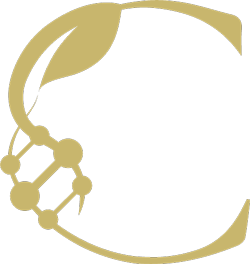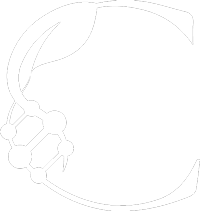
When it comes to non-surgical cosmetic procedures, Botox and Dysport are two of the most popular options for reducing the appearance of wrinkles and fine lines. Both treatments are based on botulinum toxin type A, but they have some key differences that may influence your choice. This article from Cutella Med Spa, explores the distinctions between Botox and Dysport to help you decide which one might be better suited to your needs.
Botox and Dysport: What are They?
Both Botox and Dysport are forms of botulinum toxin type A injections. They belong to a category of injectables known as neuromodulators. When injected into targeted facial muscles, they block communications between nerve endings and targeted muscles. As a result, the facial muscles responsible for the formation of dynamic wrinkles gradually become paralyzed, thereby reducing wrinkles and fine lines caused by facial expressions. While Botox and Dysport share the same primary active ingredient and mechanism of action, the formulations differ slightly, which influences their application and effectiveness.
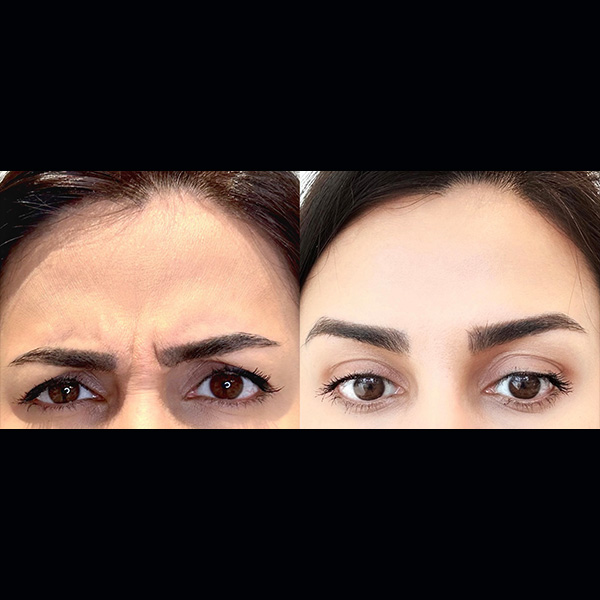
Primary Applications
Botox is a versatile injectable FDA-approved for the treatment of forehead lines, crow’s feet, and glabellar lines (between the eyebrows). On the other hand, Dysport is specifically approved to treat moderate to severe glabellar lines. The off-label use for both products can extend to various facial wrinkles, including the bunny lines around the bridge of the nose, perioral lines around the mouth, and neck bands. However, Botox has more FDA-approved uses.
Onset and Duration of Effects
One of the key differences lies in the onset of effects. Dysport tends to show results faster, often within 24-48 hours post-treatment. Botox, in contrast, may start showing results after a few days or a week. However, in both cases, the results continue improving for up to two weeks. The results of both treatments typically last around three to four months, necessitating follow-up sessions to maintain a youthful appearance.
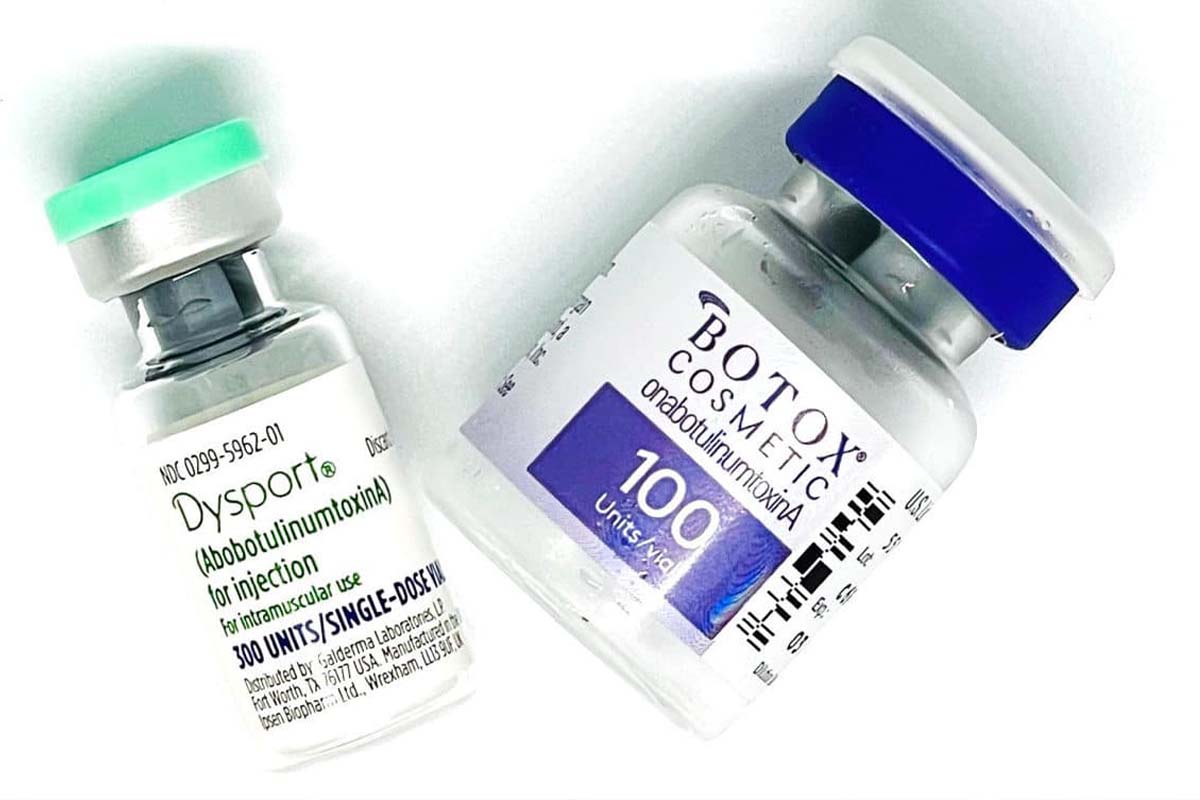
Spread and Precision
Dysport’s formula allows it to spread a bit more once injected, covering a broader area and possibly requiring fewer injections, especially in larger areas like the forehead. Botox, with its ability to precisely target specific areas, is more suited for smaller, more defined regions where detailed work is necessary. The aesthetic providers will evaluate your skin and goals to determine the most appropriate injection for your needs.
Safety and Side Effects
Both treatments are considered safe. Common side effects include minor swelling, redness, and slight pain at the injection site. Please discuss the potential risks with your healthcare provider at Cutella Med Spa.
Cost Considerations
The cost of Botox and Dysport treatments varies. However, Dysport tends to be slightly less expensive, though prices depend on the number of units used. Our aesthetic providers will inform you about the treatment cost during the consultation.
Making the Right Choice for You
Choosing between Botox and Dysport depends on your specific needs and aesthetic goals. Dysport may be the better option for those seeking quick results and the treatment of broader areas. Botox is ideal for those looking for precise treatment in smaller areas. At Cutella Med Spa, our experts can guide you in selecting the treatment that best aligns with your goals. For more information contact us today.
